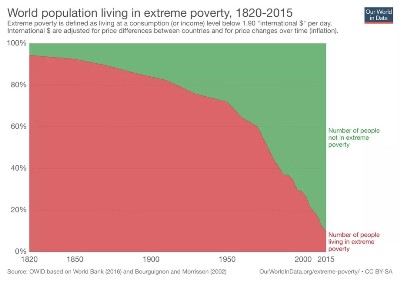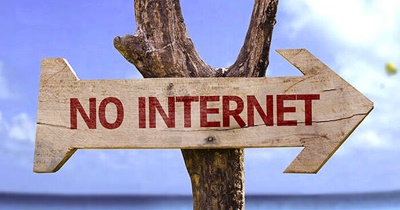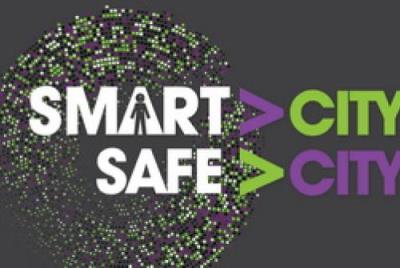I recently read an analysis of the current issue facing our societies which I found interesting: the fact that in recent times, the innovation cycles have become shorter than the typical 25-30 years generation renewal cycle.

We know that it can be difficult for a generation to accept new ideas and concepts and that it often takes a generational renewal to transform beliefs and usage (by the way this effect is particularly important in scientific, academical and research circles).
With innovation cycles now becoming shorter than a typical generational cycle, we raise the challenge of people having to transform their worldview, way of working and usage of technology within their own generation. And it is clear that our society is not particularly well prepared for that challenge: for example, the lack of adult education and the fact that studies are generally uniquely undergone in younger years.
I like the idea to consider this observation as a potential root cause of many tensions and issues we observe in our current society. It is powerful enough to create a lot of good questions about the need to support current generations through a workplace and social transformation that will create 2 or 3 major transitions through their adult life.











